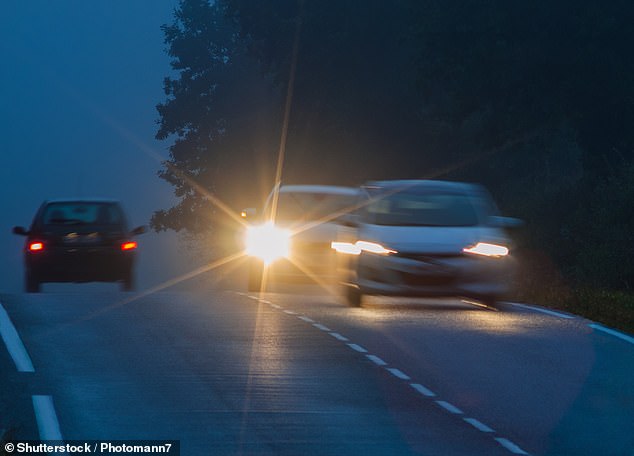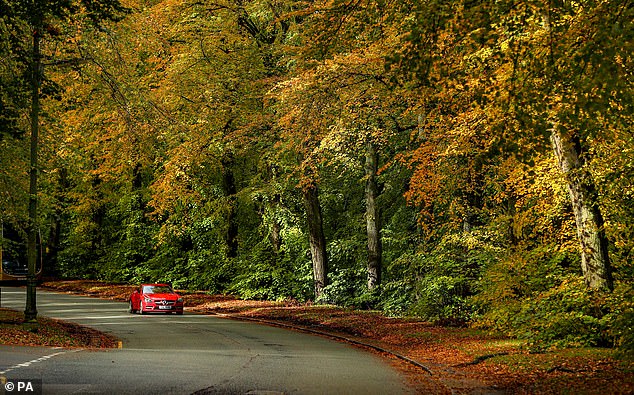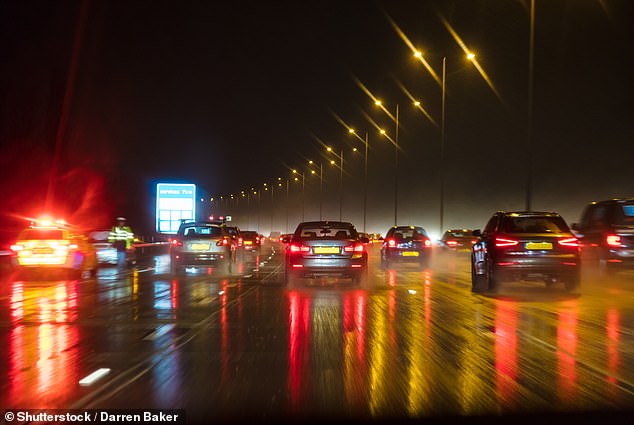- AA and Tesco Bank warn drivers as statistics show rise in autumn accidents
Turning clocks back in the fall means most of us will leave work in the dark and we suffer from a lack of vitamin D, but does it also statistically increase our chances of suffering a traffic accident?
It’s an old saying that fewer hours of sunlight leads to an increase in accidents, and the AA has been crunching the numbers to find out if this is actually the case.
And their analysis of official accident data shows that it does cause more accidents.
The clocks change this Sunday and the AA warns that last year it saw an 11 per cent increase in accident calls in the fortnight after the October 2023 clock change.

Clocks will go back one hour in the UK in the early hours of Sunday 27 October. This will mark the end of British Summer Time and Daylight Savings Time, and a return to Greenwich Time.
The AA found there is an 11 per cent increase in road traffic collisions in the two weeks after the time change.
During rush hour, this figure increases another six percent, prompting drivers to be warned to be more attentive when the clock changes on Sunday.
The AA reminds drivers to take extra precautions due to the increase in collisions caused by this seasonal change.
The AA Accident Assistance team saw calls to its service increase by 11 per cent in the fortnight after the October 2023 clock change compared to the previous fortnight.
Tesco Bank Motor Insurance also saw road accident claims rise 17 per cent during peak hours after clocks were turned back last year.
While darker nights, wet weather and slippery roads contribute to the increase in collisions in late October and early November, one of the most challenging conditions is the low sun and glare on the roads.

Tesco Bank Motor Insurance recorded a one-sixth rise in claims for road traffic accidents during peak hours after clocks were turned back last year.
Last month, the AA found that almost three quarters of drivers said the worst thing about driving in autumn was being dazzled by the sun.
More than half said other drivers not using their lights correctly is a problem in autumn, while two-fifths said darker mornings and evenings were the worst aspect of autumn driving.
According to 2023 road casualty statistics, there were 3,680 collisions in which someone was injured or killed because the driver’s vision was impaired by adverse weather or glaring sun.
Additionally, there were 4,244 injuries in collisions where the road surface was slippery due to weather conditions.
Tim Rankin, managing director of the motoring organisation’s Accident Assistance department, said: “Our statistics are clear: when the clocks go back, we see an increase in the number of accidents.”
“Many of these could be avoided by small changes in driving habits.
‘Glare from the low sun can make the journey a challenge, but having control of the lights is easy. Leaving the stick in ‘auto’ is not always the best way to move forward.
“We urge drivers to help light the road so they can see others and help others see you.”
He added: “Driving in autumn is arguably the most difficult, as the weather cameras change from cold and wet to bright and sunny.”
“The best advice is to drive to the conditions, make sure your car is in good condition and keep an eye out for other road users.”

Last month, the AA found that almost three quarters of drivers said the worst thing about driving in autumn was being dazzled by the sun.
Tesco Bank is also advising drivers to leave extra space between cars, keep windscreens and windows clean, pay particular attention to pedestrians and cyclists and have their eyes tested.
Dave Thompson of Tesco Bank added: “Clocks turning back are plunging nights into darkness, and our data reveals this change is leading to an increase in the number of road accident claims.”
“For anyone using the roads, it is important to take a little extra care as clocks go back to reduce the chances of a collision.
‘Give other road users more space, allow more time for travel and make sure you are visible on the roads.
“Now is also a good time to do pre-winter car maintenance, before the temperatures drop.”


